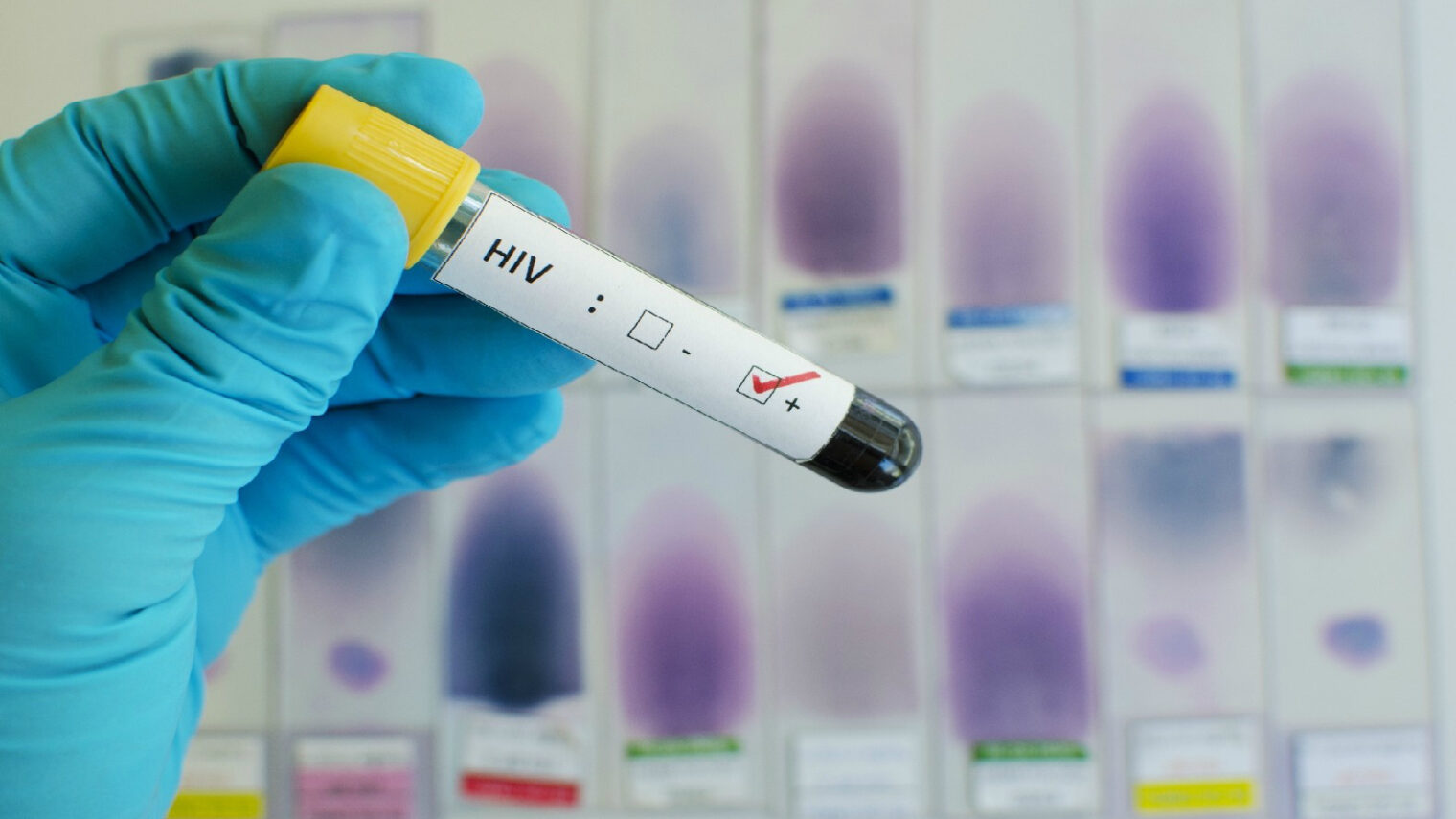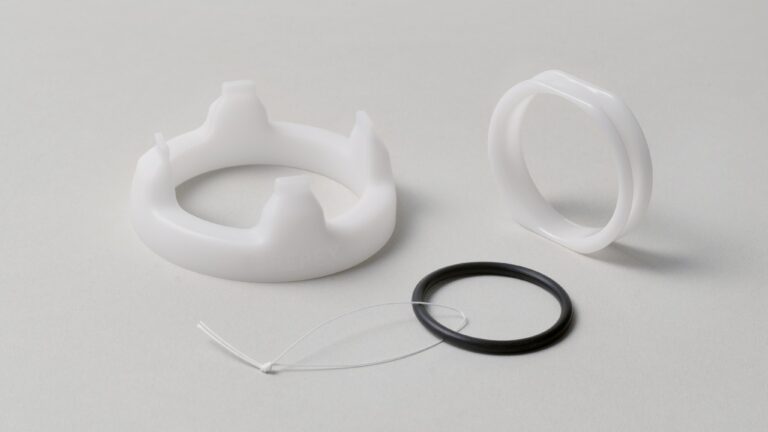Similarities between leukemia and HIV recently discovered in an Israeli lab might provide important clues in the search for a clinical solution to prevent and destroy the human immunodeficiency virus, which can lead to the chronic and fatal condition AIDS.
Microbiology and immunology researchers in the lab of Prof. Ran Taube at Ben-Gurion University of the Negev (BGU) say their discovery is a significant breakthrough.
“Until now, medical researchers had very limited information on the existence of a connection between AIDS, caused by the HIV virus, and a rare blood cancer, known as mixed lineage leukemia (MLL),” explained Taube. “MLL, found mostly in children, hinders blood-system cell development.”
In MLL, there is damage to the reproduction mechanisms that normally control the expression of the genes responsible for manufacturing stem cells in the bone marrow. Taube said something similar happens with the HIV virus when it enters a chronic state.
“This research is based on the assumption that damage to the mechanisms of expression and reproduction of the viral genome is responsible for the accumulation of the latent HIV virus and leads to the chronic disease condition,” said Taube, whose lab focuses on understanding viral-host interactions that promote human diseases.
Taube’s team worked on this study, funded in part by the American Leukemia Research Foundation, in collaboration with hematologist Dr. Uri Rubio of Soroka University Medical Center in Beersheva.
They are now seeking innovative ways to “wake up” HIV from its silent state, while at the same time applying anti-retroviral medications to eradicate the virus completely. Although AIDS can be effectively warded off by keeping HIV levels low with anti-retrovirals, these drugs are of limited value because they do not prevent HIV infection and they can miss a small number of inactive viral particles in the body that may, at any moment, multiply and infect new cells.
According to the most recent statistics from the World Health Organization, an estimated 35 million people around the globe are currently living with HIV/AIDS, making HIV the world’s leading infectious killer. About 10 percent of those infected are under age 15 and 71% of all cases are among people living in Sub-Saharan Africa. Moreover, the number of cases continues to rise each year.
Fighting for Israel's truth
We cover what makes life in Israel so special — it's people. A non-profit organization, ISRAEL21c's team of journalists are committed to telling stories that humanize Israelis and show their positive impact on our world. You can bring these stories to life by making a donation of $6/month.








